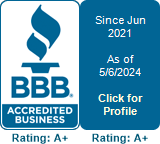When conducting a drug test, the handling of personal information can differ significantly between at-home and laboratory settings. At-home drug testing offers a degree of anonymity, with individuals typically purchasing tests over the counter or online without providing personal data. Users conduct these tests in private without an observer, thereby maintaining a high level of confidentiality. Laboratory tests often require personal identification and the presence of a witness during sample collection, which may deter some individuals who prioritize privacy.
The dissemination of test results varies as well. At-home tests provide immediate results to the user without the need to share outcomes with any third party. However, laboratories not only test the samples but may also record and potentially share results with employers, medical professionals, or as required by law.
While at-home testing shields users from potential privacy invasions, the risk of compromised or exposed data is more likely when multiple parties handle samples and results, as is the case in lab testing.











